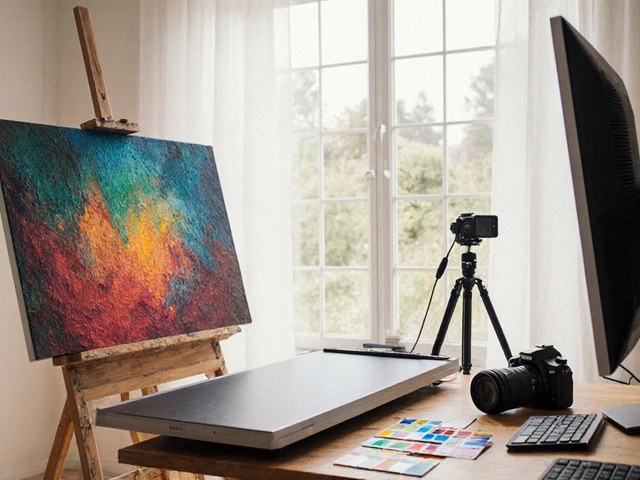Canva Copyright: What Every Designer Should Know
When working with Canva copyright, the set of legal rules that govern how Canva’s templates, images, and design elements can be used, shared, or modified. Also known as Canva licensing rules, it shapes every project you build on the platform. Understanding copyright, the exclusive right creators have over original works and licensing, the permissions granted under specific terms is key, as is grasping the broader intellectual property, the collection of laws protecting creations of the mind that Canva operates within.
Why Canva Copyright Matters for Your Projects
Canva copyright concerns involve licensing agreements that dictate whether a design can be sold, printed, or shared on social media. If you ignore those agreements, you risk a takedown notice or even a legal claim. Copyright influences how Canva templates can be edited; the platform often restricts the removal of watermarks or the redistribution of raw assets. Fair use determines which modifications are permissible under Canva’s terms, but fair use is a narrow defense and doesn’t automatically cover commercial redesigns. Knowing the difference between personal use, educational use, and commercial use helps you choose the right subscription tier and avoid costly mistakes.
Most creators assume that because a graphic is built in Canva, it’s automatically free to use anywhere. In reality, the source of each element—photos, icons, fonts—carries its own licensing conditions. Some assets are free for personal projects but require a paid license for client work. Others are marked as “Pro only,” meaning you need a Canva Pro subscription and must honor any third‑party restrictions attached to the asset. By checking the little info icon next to each element, you can quickly see whether the asset is royalty‑free, requires attribution, or is limited to non‑commercial use.
Another core concept is attribution. Certain Creative Commons‑licensed resources within Canva demand that you give credit to the original creator. Failure to provide proper attribution can turn a harmless design into an infringement case. While Canva’s own brand assets are safe for most uses, blending them with external stock images or music adds layers of legal nuance. Keeping a simple spreadsheet of the assets you pull from Canva, noting their license type, and recording any attribution requirements can save hours of headache later.
When you plan to sell merchandise, create a client deliverable, or run a marketing campaign, treat Canva copyright like a checklist. First, verify that every element is cleared for commercial use. Second, confirm whether the license allows you to create derivative works. Third, decide if you need to purchase an extended license for higher‑volume distribution. Following this three‑step routine not only protects you legally but also builds trust with clients who expect original, properly‑licensed content.
Below you’ll find a curated list of articles that walk you through the most common Canva copyright scenarios—from using templates in paid ads to customizing stock photos for print. Whether you’re a hobbyist tweaking a birthday invitation or a freelance designer building brand identities, these posts give you actionable insights to stay on the right side of the law while getting the most out of Canva’s toolbox.

Canva offers an extensive library of graphics and templates, but understanding what is copyright-free is key for users. This article explores the nuances of Canva's licensing agreements, highlighting what users can and can't do with the content they design. We delve into the definitions of free-use and paid content on the platform, ensuring you'd navigate the legalities with ease. Get insights on Canva's copyright-free claims and learn how to protect your creative projects.





